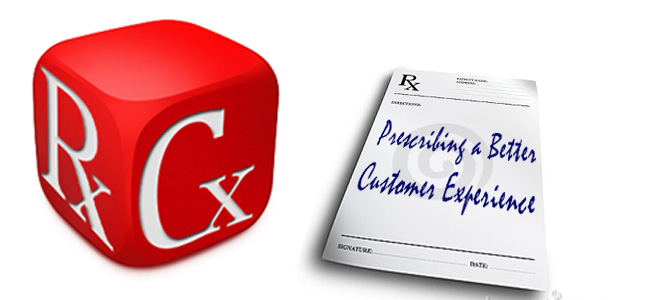
I do not normally enter into the fray on Black Friday (what color will they give Thursday now that they’re stretching the shopping hours backward into Thanksgiving?) but with Walmart less than 1000 yards from my backyard and half off a premier item on one of my kid’s Christmas lists we decided to give it a “dive in / dive out.”
This wasn’t my first time truth be told. In years past I have ventured out on Black Friday. I just think it has gotten substantially more insane in the last half decade.
There is a distinct difficulty in starting BF shopping hours while the store is already open. Supposedly the sale started at Walmart at 8:00. I was to the item location by 8:04, having seen literally hundreds of them in place in the case earlier in the day…they were all gone. In four minutes? Really? Somebody had to have broken the rules.
To make a long story short we found both the items we were after and we got in and out in about 30 minutes. But I believe I am forever scarred.
In my observation Black Friday is one very specific time of year when the retailers do not care about the customer AT ALL. They throw out a tantalizing array of loss leaders and teasers then stand back and watch the feeding frenzy.
- You were fifth in line so you get that laptop? Sorry we only had three of that model.
- You came in at 7:45 hoping to get positioned for the 8:00 start and the shelf was empty already? Yeah, people started grabbing them at 7:00 when we put them out.
- You stood for 30 minutes in what looked like a queue for Mortal Death Match 19 for XBox 360 and someone just walked up and got one ahead of you? Sorry, we can’t control this size crowd.
The ultimate measure of success for Black Friday is sales, fair enough. But I sometimes wonder how many customers get really ticked off at some particular retailer who either couldn’t think crowd control or who went in with low inventory on all the big sale items and as a result decides not to shop there any more.
Of course they’re hoping that we’re SO consumption driven that we’ll overlook those things that bother us and keep coming back like Pavlov’s dog.
So what lessons can we learn from Black Friday retailers approach to customers?
1. You CAN compete on price alone.
Obviously I am big proponent of service. Price has to be competitive but there are studies that show that customers are willing to pay higher prices for better service. Of course in a 12 hour rushed frenzy you can’t serve people well, you just need to get out of the way right?
I suppose I’d argue that if you choose to compete on price alone don’t be surprised if your customers start thinking of you as a commodity, something I may need but will get along without if I can.
2. Volume is king.
It doesn’t matter how much one person buys if you get 10,000 to just come in the door. That’s the thought behind the loss leader approach, get a bunch of people in the door knowing they’ll buy more than just what they came looking to purchase. I suppose that approach works too if you are basing your approach to building a customer base on a couple or crazy, gimmicky events. Loyalty? Nah…overrated, right?
3. Customers CAN be fooled all the time.
retailers keep putting out the teasers and consumers keep running in, many reveling in the competitive edge they got by grabbing items at 2:00 and waiting in tot store to pay the sale price at 8:00, other happy to have shoved their way to the front and grabbed the last Mortal Death Mach 19. The vast majority don’t get the one big thing they came looking to get but went away with a few other items on their list, happy to have saved money…and they’ll do it again.
And now please excuse me, I have some sarcasm still dribbling down my chin.
What are your thoughts on the madness of Black Friday?




















